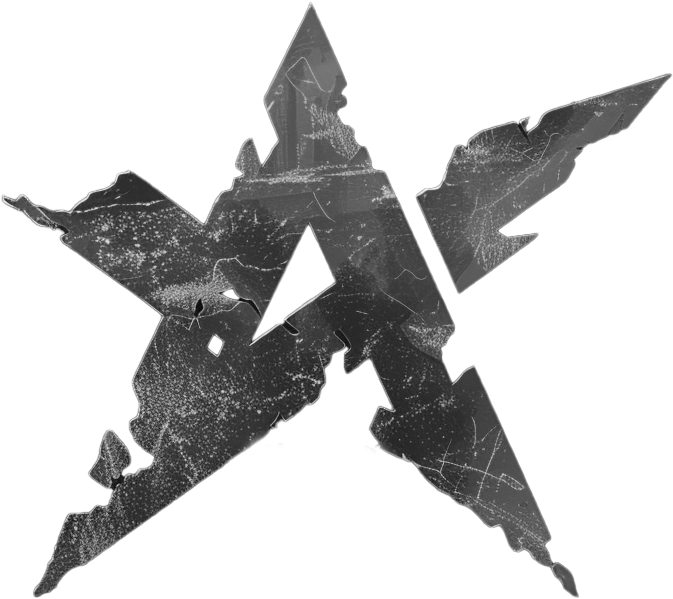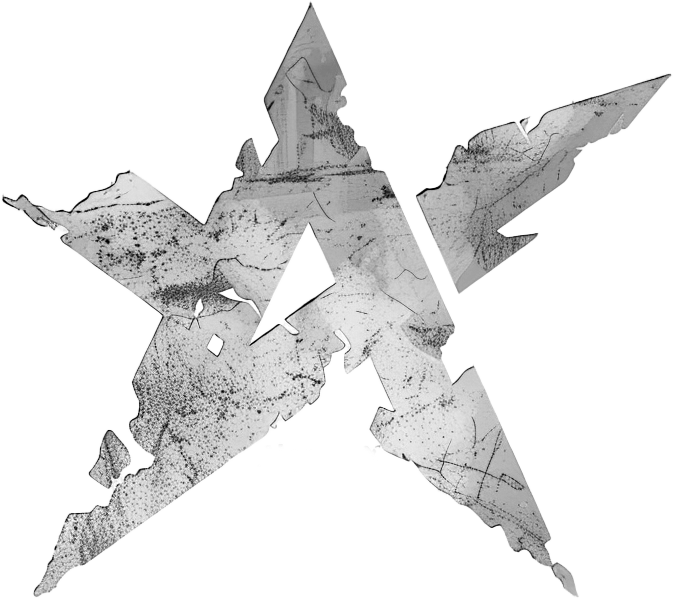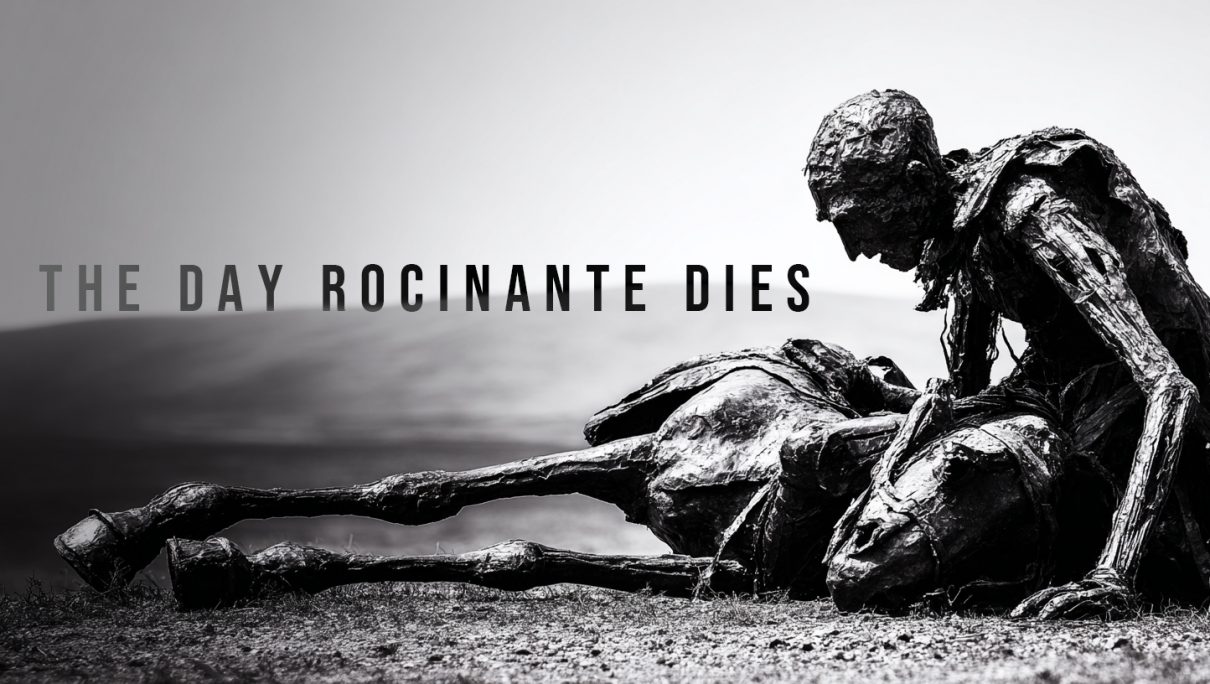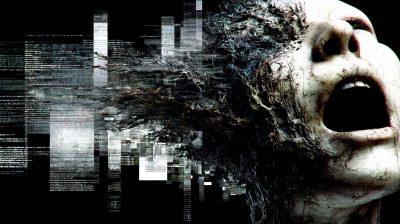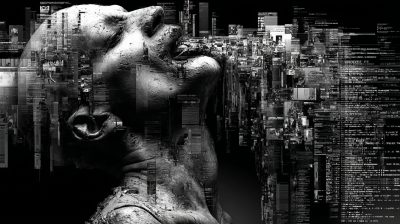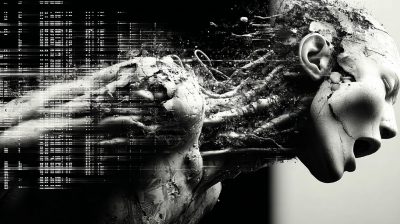The Day Rocinante Dies: An AI Realization of a Giacometti’s Quixote Vision
Introduction
„The Day Rocinante Dies“ is an AI-generated trailer bringing to life a decades-old creative concept: a short film pitch of myself reimagining Cervantes’ Don Quixote through Alberto Giacometti’s existential lens. This project resurrects a 25-year-old storyboard conceived during my film studies, translating Giacometti’s haunting bronze figures into animated form.
This trailer explores the tension between Quixote (the dreamer) and Sancho Panza (the realist), framing their struggle against modern „windmills“: AI disruption, technological upheaval, and the battle for meaning in art. Central to the narrative is Quixotes horse Rocinante – Quixote’s skeletal steed and final believer – whose death symbolizes the collapse of delusion and the loss of grounded trust.
Concept & Visual Style: From Storyboard to AI
The original 25-year-old storyboard directly channeled Giacometti’s aesthetic: emaciated forms embodying isolation and fragile idealism. The AI trailer visualizes this preserved vision.
Breaking Free: Giacometti as Rebellion Against Photorealism
Why must art chain itself to reality?
For decades, animation and VFX chased photorealism – a technical marvel that became a creative cage. This project’s 25-year-old storyboard was a deliberate revolt: Giacometti’s distorted, elongated forms reject literal representation to expose deeper truths.
-
Liberation Through Abstraction: Giacometti’s aesthetic – eroded surfaces, warped proportions – distills humanity to its existential core. No horse ever looked like Rocinante’s trembling specter; no knight like Quixote’s fractured shadow.
-
AI as an Unlikely Ally: Ironically, AI freed this vision. By feeding Giacometti’s style into the machine, we bypassed the „slavery of photorealism“ – proving algorithms can defy realism to serve artistic metaphor.
-
Quixote’s Parallel Fight: Just as Quixote charges at false giants, we wield Giacometti’s language to shatter realism’s dominance. The result? Art that feels human by refusing to look human.
The AI mimics Giacomettis hand sculptured look – a nostalgic contrast to digital precision mirroring Quixote’s fight against „progress.“
Symbolism: Windmills, AI, and the Death of Belief
1. Windmills as Modern Struggles
Quixote’s windmills reflect today’s battles:
-
Resistance to AI in art (Is generative tech a windmill – imagined enemy or true disruptor?)
-
The erosion of human creativity (Does AI turn artists into Quixotes fighting irrelevance?)
2. Rocinante: The Last True Believer
In this 25-year-old concept, Rocinante’s death was always the fulcrum:
-
Is human creativity the „Rocinante“ of art? If AI replaces artistic labor, does art’s soul perish?
-
Or is Rocinante tradition itself? (Handcraft vs. AI generation)
A Quarter-Century Vision Resonating Deeper
Originating as one of my student pitches at Filmakademie Baden-Württemberg, the Giacometti-inspired storyboard sat dormant for 25 years. Its existential take on Don Quixote – conceived pre-digital revolution – now uncannily mirrors today’s creative crises.
Then, the „windmills“ were CGI and digitization; today, they’re AI and deepfakes. Rocinante’s death, visualized through AI, gains new urgency: When algorithms generate art, what becomes of the human spark that drives creators to charge at their windmills?
Conclusion: Charging at AI’s Windmills
This AI trailer, born from a 2000s storyboard, reframes Quixote as a prophet of artistic resistance and his true belief in conquer them all. By merging Giacometti’s existential dread with Cervantes’ timeless struggle, it asks:
„Is AI the end of art – or just another windmill for modern Quixotes to charge at?“
When our Rocinante (tradition/belief) dies, do we surrender? Or, like the unbound Quixote, find new dreams in the wildest storms?
Would you follow Quixote into the AI tempest? Or adapt with Sancho’s pragmatism?
